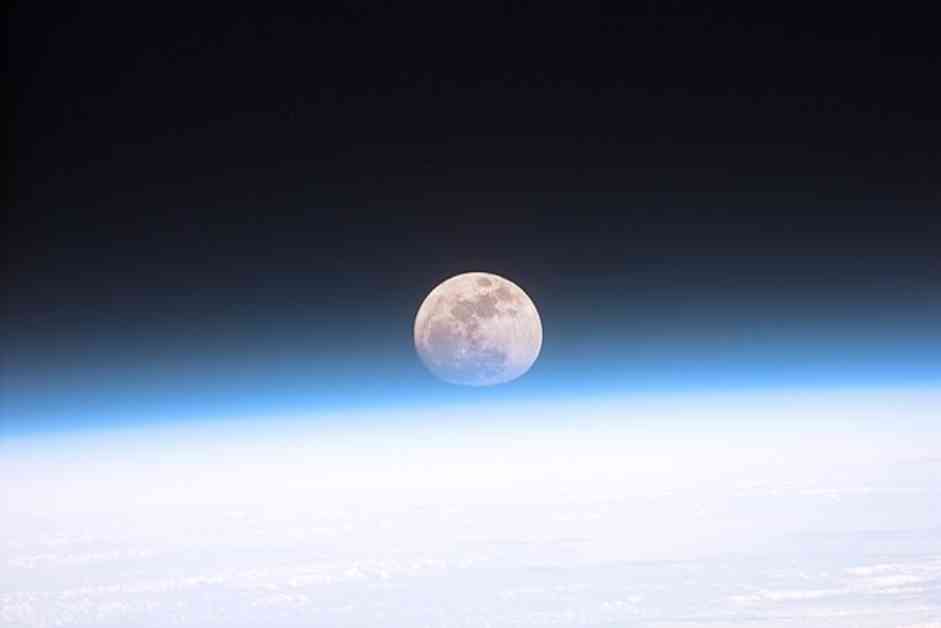Earth is about to welcome a new temporary mini-moon into its orbit between September 29 and November 25. This mini-moon, named 2024 PT?, is actually an asteroid that comes from the Arjuna asteroid group. Despite its small size of around 30 feet in diameter, Earth’s gravity will capture it for a period of 57 days. Although it won’t be visible to the naked eye or small telescopes, larger telescopes will be able to detect it.
According to NASA, moons are natural bodies that orbit planets, but mini-moons like 2024 PT? are a bit different. These mini-moons are asteroids or comets that are temporarily caught by a planet’s gravity. While mini-moons are not uncommon, those that are large enough to be observed are considered rare.
Interestingly, 2024 PT? is only the fifth mini-moon of its kind to be spotted around Earth. It falls under the category of “temporarily captured flybys,” which means that it will not complete a full orbit around Earth before continuing its path around the Sun. On the other hand, there are also “temporarily captured orbiters” which do manage to complete at least one full orbit around our planet before moving on.
Out of the five mini-moons that have been recorded around Earth, two have been classified as “temporarily captured orbiters,” while the rest, including 2024 PT?, are grouped as “temporarily captured flybys.” This unique event showcases the fascinating interactions between Earth and other celestial bodies in our solar system.
In addition to the mini-moon phenomenon, astronomers continue to study and monitor these temporary visitors to gain a better understanding of the dynamics of our solar system. By observing and analyzing mini-moons like 2024 PT?, scientists can gather valuable insights into the origins and movements of asteroids and comets in space.
The capture of 2024 PT? by Earth’s gravity offers a rare opportunity for researchers to study this mini-moon up close and learn more about its composition and behavior. This event highlights the ever-evolving nature of our solar system and the intricate dance of celestial bodies that take place in the vastness of space. As technology advances and our knowledge grows, we can look forward to more discoveries and revelations about the mysteries of the cosmos.


